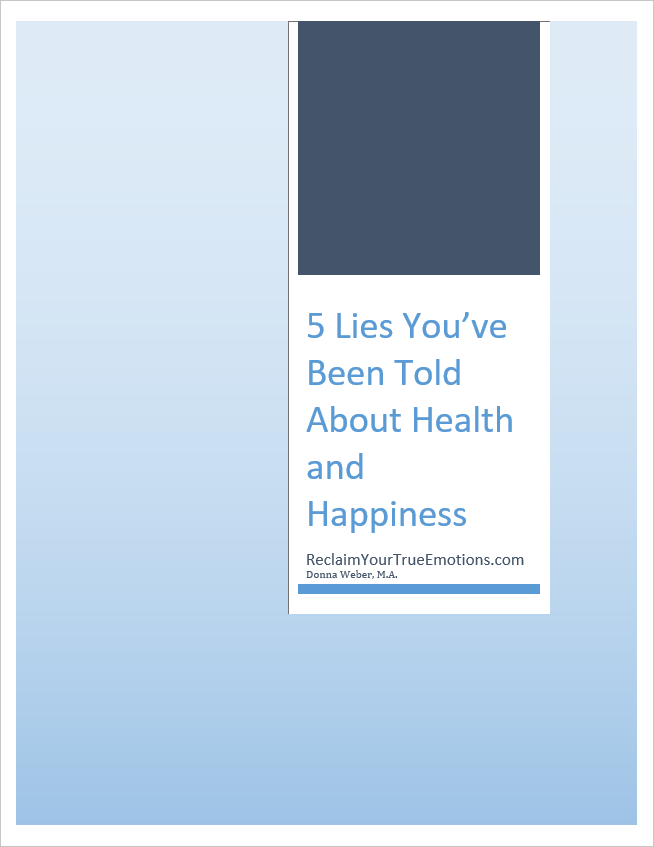Be sure to read Is the Poetry of Emotion Process Right for You? before you get started.
You are ready to release a false emotion and reclaim you true emotions. Before you start this step you need to be able to describe your emotion as a poem and to travel back in time.
The three steps:
1. Discover the poem for the emotion you wish to release.
2. Find a time before you ever had the problem emotion.
3. Release the problem emotion using resources from your younger self.
First time?
If this is your first time (or two) you will want to pick a minor unpleasant emotion. Once you have mastered the process you can tackle more difficult emotions. A minor emotion could be: 1) frustrated when you have to stand in line, 2) can’t complete a simple task you want to do, such as cleaning out a closet, 3) minor irritation over a bad habit.
Part 1
Before you get started set your intention to only discover positive experiences in your past. Reliving painful memories is not necessary and will only slow down your progress.
Step 1 Discover your poem
Select an emotion to work with and describe the emotion as a poem. List all the sensory based qualities and then discover the poem Be sure to ask “What is important about this poem. Your poem may be protecting your soul or keeping you stuck. This information will help you in the release step.
Step 2 Go back in time
Go back to a time before you ever had the problem poem using your time line or your time line poem. You will discover a younger self who has all the qualities you need to release the emotion. Ask your younger self: “What are you doing?” You will usually find a happy child who is enjoying life. Ask “Is there anything important about this age?” The child may not be worried or may just be enjoying life. The answer will help you in the release step.
Step 3 Release your problem poem
In this step you will be telling the story of your emotional release. To assist you, you are encouraged to select a helper. If possible ask your younger self to choose the helper. The helper can be anything or anyone you find positive or helpful. Examples include: a favorite pet, a grandparent, a guardian angel, a spiritual teacher, superheroes, a lightening bolt or even God. You can have more than one helper.
Helpers and possible qualities
The helper is a way to bring lost talents and qualities to you in the language of the unconscious mind. Here are some examples of helpers and possible positive qualities:
Family dog You aren't alone
Bunny rabbit Nurturing
Lion or bear Protection
Eagle Seeing the big picture
Kitten Ability to hide
Horse Can run fast
Grandmother Love
Wise man Wisdom
Superhero Fearlessness
Lightning bolt Power
Angel Spiritual help or spiritual healing
 Your helpers add qualities depending on their specific characteristics. A big roaring bear can help you stand your ground. A circus bear who can ride a unicycle helps you get things done without taking yourself too seriously. If you have an interest in Native American spirituality your helper may reflect traditional animal totems. Your helper is a metaphor for what you needed as a child. When you select a helper you are speaking the language of the unconscious mind. Your helper and the associated qualities are unique for you.
Your helpers add qualities depending on their specific characteristics. A big roaring bear can help you stand your ground. A circus bear who can ride a unicycle helps you get things done without taking yourself too seriously. If you have an interest in Native American spirituality your helper may reflect traditional animal totems. Your helper is a metaphor for what you needed as a child. When you select a helper you are speaking the language of the unconscious mind. Your helper and the associated qualities are unique for you.
Your story
Ask “What would [ your helper] like to do about [the problem poem]?” An example is: “What would fuzzy black dog like to do about a rock in belly?” Allow a story to emerge. The story may be long or short. In our example fuzzy black dog uses his paws to dig the rock out of belly.
“What happens next?”
Use the question “What happens next?” to move the story along. In this story your helper and your younger self find a way to release the problem poem. The problem poem can be replaced by an empowering poem or the body can just feel normal and healthy again.
Some stories to help you
1. Your problem poem is a knot in your throat. Your helper is an angel. The angel reaches in and removes the knot and replaces it with a blue light.
2. Your false poem is a heart that has been torn in two. Your helper is big brown dog who know how to love you. When you feel loved your heart begins to mend and becomes whole again.
3. Your false poem is a spinning top in your head. Your helper is a wise man who stops the spinning so you can think again. The wise man returns the top to the earth so you will never have to struggle with confusion again.
This is the basic poetry of emotion process.
Part 2 Closure
In Part 1 you released at least one unwanted emotion and took the steps to reclaim your true emotions. You have discovered a happy whole younger self and a helper who had exactly what you needed to heal. In the closure phase you will be asking where your younger self and your helper want to be after the release.
Your younger self
Your younger self might want to return to the past, remain with you as a child or grow up and integrate with your adult self. Any of these options is fine. Let your younger self decide. The option of growing up and integrating is a powerful one. This is a way for your younger self to bring lost qualities to you in an age appropriate way. If you are adding more fun you don’t want three year old fun. You want age appropriate fun. Many people report warm or tingly sensations when the younger self integrates. Your unconscious mind knows how to do this. All you need to do is ask.
Your helper
Next you want to find out if your helper wants to remain with you or return to its source. If your helper is your grandmother who is no longer living, she may want to return to heaven and watch over you. If your helper is a lion, the lion may want to stay with to continue to protect you. If your helper is an angel, she may want to stay with you and become your guardian angel.
Part 3 Testing
You are essentially done. Testing the change is an important last step. The poetry of emotion process is more than a feel-good technique. You want to know that your life is changing for the better.
When you know that your change has worked you will have more confidence in the process. Some issues may take more than a single intervention so you want to be able to keep going until you get the change you desire.
A specific problem, such as feeling not good enough, may take a number of sessions. Sometimes you work on a specific issue only to uncover deeper issues. When you test out your changes you want to see positive results each step along the way.
There are two ways to test your changes:
1. Using your imagination
2. In the real world
Testing using imagination
To test out your changes using your imagination, think of a time in the near future that might trigger your limiting emotion. If your limiting emotion was frustration when standing in line, think of a time in the next few days when you will be in line. Be sure to take into consideration your new changes, not a memory of past frustration. You can do this by asking “Now that I have released the knot of frustration in my throat, how will I feel when I am standing in line?”
Testing in the real world
The second way to test out a change is in the real world. If you worked on frustration when standing in line, go to the bank or the grocery store at the busiest time. Notice if you have a different response. This is the best way to test out changes.
If you find that you are still experiencing some of your problem emotion, don’t be discouraged. You may need to do more than one process to get complete results. As you get better at communicating with your unconscious you will get faster results. You get better with practice.
Part 4 Keep a log
My final suggestion is to keep a log of your changes. By tracking your changes over time you will be able to see progress. You can see trends and know you are reclaiming your true self.
Sometimes when you release an emotion you forget that you ever had it. I suggest that you track the following:
Problem situation (frustrated when standing in line)
Name of the emotion (sad, angry)
Emotional poem (rock in belly)
Age of your younger self (3 years old)
Helper (grandmother, angel)
Any new positive new poems you discover (belly feels normal again)
Congratulations. You can now release any problem emotion.
See the Quick Reference post for a summary of the process.
(Image: Alex Valavanis @ Flickr http://www.flickr.com/photos/djsik/5669746874/)
(Image: marfis75 @ Flickr http://www.flickr.com/photos/marfis75/5656838688/)


Follow Donna on social media